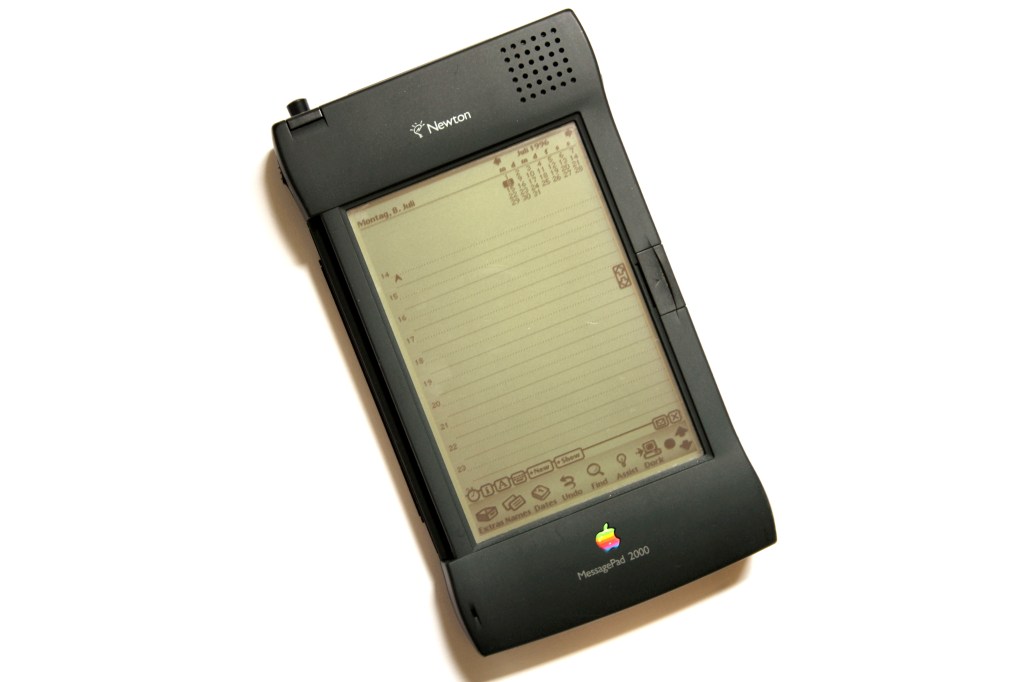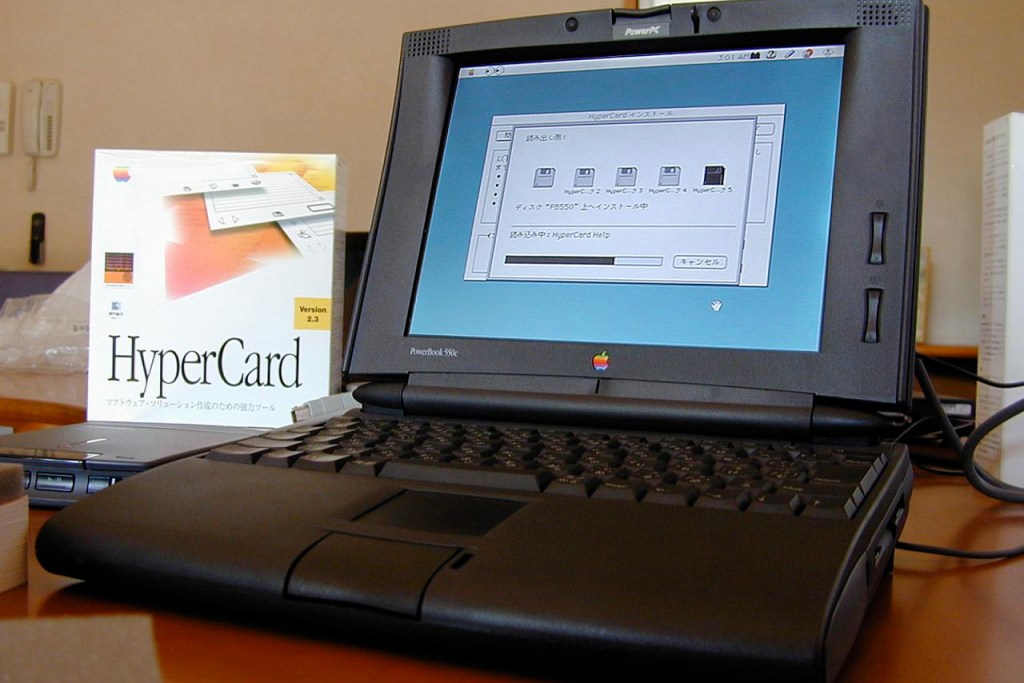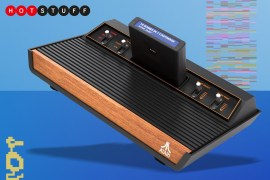Right idea, wrong time: the tech that turned up too early
Microsoft's iPad, Sega's Kinect and how Apple nearly invented the World Wide Web

Technology isn’t just about having bright ideas. It’s about having those ideas at the right time. Time it right and untold riches await – but it can be the right idea yet turn up too early and you’ll end up as a footnote to someone else’s success story.
Here are ten technologies that could have been contenders for the big time. But it was a case of right idea, wrong time!
Sega’s Kinect
You plug it into your games console, it watches you move and it turns your wavy arms and kicking feet into killer kung-fu moves. No, not Microsoft’s Kinect, but Sega’s 1993 Activator, which Destructoid called “the crappiest game peripheral ever made”. The idea was sound but the implementation wasn’t: your $80 didn’t quite deliver the full-body tracking the ads implied – your movements were mapped to basic up, down, left, right, A, B, C and so on – and it was bulky, ugly and a pain to set up.
Seiko’s smart watch
Apple Watches, Pixel Watches, Galaxy Watches may be all the rage, but the smartwatch is a very old idea: Seiko was making smartwatches such as the RC-1000 back in 1984. The RC-1000 was little more than a very simple PDA that you could control from a PC, but from this little acorn has grown a whole wearable industry.
- Read more: 101 best gadgets to get yourself
Apple’s premature iPhone

The MessagePad Newton was the iPhone a decade too early: battery technology was primitive, with early models sucking triple-A batteries dry in the blink of an eye; today’s bright, capacitive touchscreens were many years away; and wireless connectivity and mobile broadband were yet to deliver on their promises. The Newton was a nifty tool, but it arrived too early to be the world-conquering monolith that 2007’s iPhone would become.
The other USB
Firewire, Apple’s version of the IEEE1394 high speed interface, was designed to offer super-fast connections between devices. However, while it was early to market in the late 1990s, some odd decisions – three different kinds of connections and, from 2002, two different standards (for example Apple offered Firewire 800 in its higher-end Macs but limited consumer models to the slower Firewire 400) – made it easy for USB to catch up and ultimately overtake it.
USB 2.0 overtook Firewire 400 in the speed stakes, and the 2008 USB 3.0 standard eclipsed Firewire 800 completely with performance measured not in megabits, but in gigabits. By the time USB3 came along, FireWire was long gone, replaced by Thunderbolt as the favoured high-speed port on a Mac.
Sir Clive’s BMW i5
In 2023, zero-emissions vehicles powered by electricity are mainstream and getting many car fans excited about the future – but in 1985, they were chortling at exactly the same thing. We’re the first to admit that 2023’s BMW i5 is a much faster, safer and sexier vehicle than the Sinclair C5, but Sir Clive’s ahead-of-its-time invention remained the world’s best-selling electric vehicle until 2011.
O2’s iPhone
It looks like a child’s toy now, but the O2 XDA (2002, also known as the HTC Wallaby) felt pretty groovy at the time: it managed to combine a colour PDA with a proper phone, web browsing, email and a touch-screen interface, and it was solid enough that you could use it as a weapon to bludgeon your enemies to death. 2005’s XDA IIi was a veritable cornucopia of connectivity: three-band GSM, GPRS, Bluetooth, MMS, SMS, Infrared and 802.11b – but reviewers slammed the Windows Mobile operating system, which was far from intuitive. 2007’s iPhone ground Windows Mobile into the dust.
Polaroid’s TikTok
Short, sharp video clips are everywhere thanks to services such as TikTok, but Polaroid got there decades before: its Polavision came out the same year as Star Wars (1977) and enabled you to record quick video hits. Unfortunately it came out just before Betamax and VHS did the whole video thing much better.
Apple almost invents the World Wide Web

Bill Atkinson’s Hypercard, which came out in 1987, was the first commercially successful hypermedia system. It organised data into cards which you could navigate around, or browse, and data in one card could be hyperlinked to data in another. Its very versatility made it hard to market, but a system based on very similar principles was unveiled four years later and did pretty well. That one was called the World Wide Web.
Microsoft’s iPad
Microsoft was in the tablet market first. Nine years before Apple unveiled its tablet computer Microsoft had manufacturers making Tablet PCs, portable devices with touchscreen interfaces. They bombed for several reasons – price, Microsoft trying to cram an entire desktop operating system into a tablet; touchscreens that wanted pens, not fingers; bone-headed internal squabbling that meant Office didn’t work properly; and battery, touchscreen and wireless tech that wasn’t quite up to the job of all-day mobile use. Every time somebody buys an iPad, Steve Ballmer sheds a tear.


